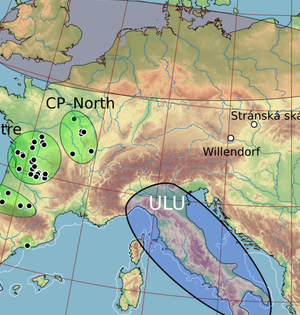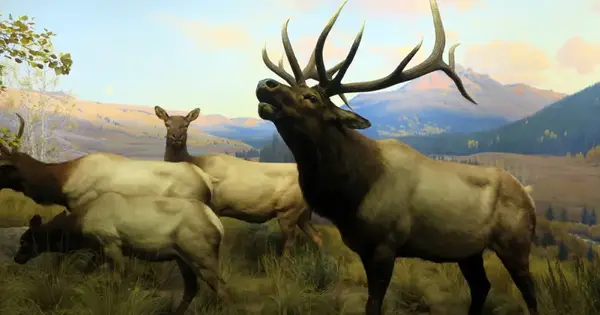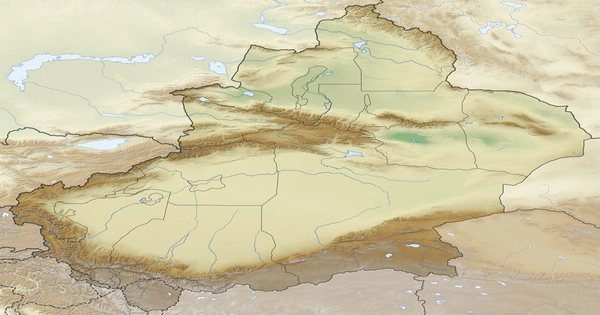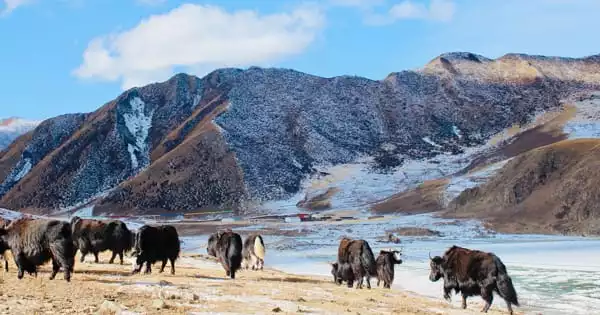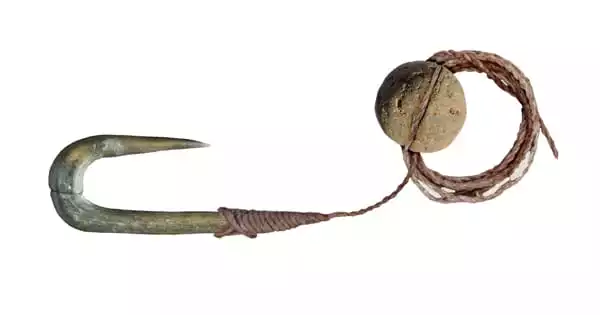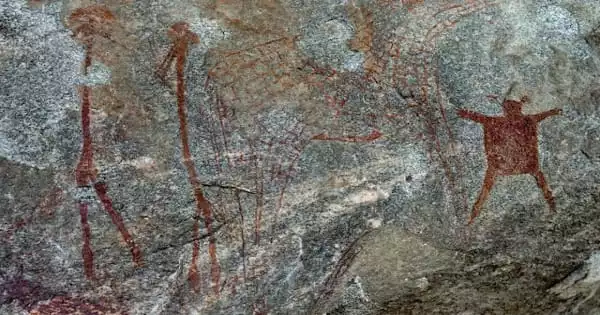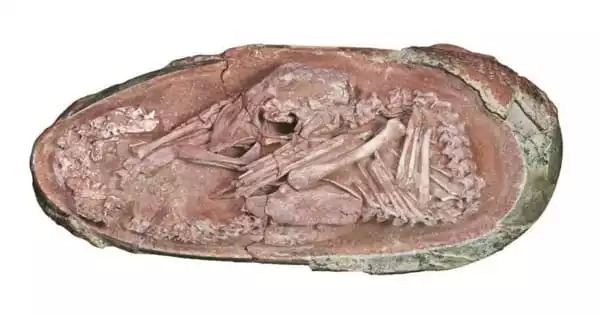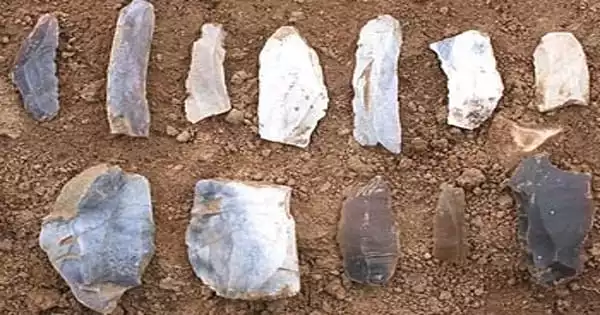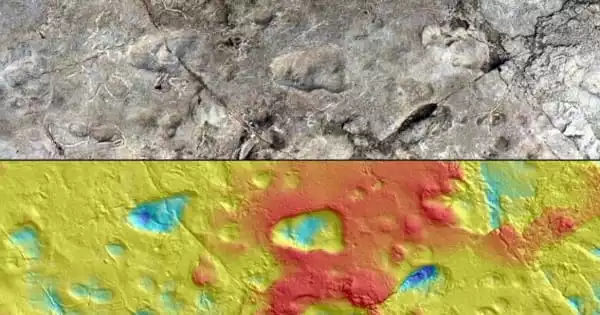Humans have been homogenizing the mammal communities of North America for 10,000 years, whether by spear or plow, according to new research led by the University of Nebraska-Lincoln and the Canadian Museum of Nature. Kate Lyons of the University of Nebraska, Danielle Fraser of the Canadian Museum of Nature, and international colleagues examined 8,831 fossils representing 365 mammal species from 366 sites across North America. Using those fossil records, the team was able to assess homogenization: the degree to which the specific mammal species in one ecological community resembled the species composition of its surrounding communities. A few previous studies,
Ancient Civilizations
El Dorado was a mythological city in Europe in the 16th and 17th centuries that was claimed to be wealthy in gold. El Dorado's rumored location has been challenged by several sources, but it is often assumed to be in South America. El Dorado was sought after by many explorers and those seeking gold or wealth. According to the magazine The Historian, El Dorado, however, was a composite of various tales rather than a single fixed location. El Dorado is a figure in some versions, a lake or a valley in others. According to the BBC, the legend of El
Xinjiang, located in northwest China, is an important crossroads between East and West Eurasia, and has historically played an important role in the exchange of products and technologies between these two regions along the Silk Road. It is a diverse blend of cultures and peoples. The intermixing and blending of these varied communities in Xinjiang, on the other hand, may be traced back further. Bronze Age mummies recovered in the Tarim Basin were said to have western characteristics and fabrics, and the finding of literature from an extinct Indo-European language group, Tocharian, in the 5th century C.E. has piqued the
According to a study published in the open-access journal PLOS ONE by Ariadna Nieto-Espinet and colleagues of the Consejo Superior de Investigaciones Cientificas, Barcelona, livestock use was likely predominantly influenced by political organization and market demands in ancient European settlements. The study of animal remains from archaeological sites, known as zooarchaeology, has the potential to reveal valuable information about previous human cultures. Livestock preferences in Europe are known to have evolved over time, but nothing is known about how much of this change is driven by the environmental, economic, or political situations of historical communities. Nieto-Espinet and colleagues collected data
Nineteen broken and complete bone fish hooks and six grooved stones recovered from the Epipaleolithic site of Jordan River Dureijat in Israel's Hula Valley represent the most extensive collection of Epipaleolithic and Paleolithic fishing technology. Nearly two million years ago, fish remains first appeared in hominin sites. Although fish skeletal remains and isotope data provide reasonable proxies for fish's role in hominin diets, the technology used to capture them in prehistory is more elusive. This is primarily due to the fact that the vast majority of fishing gear was made from perishable materials like wood and plant fibers, which rarely
A new analysis of human remains discovered in African archaeological sites has yielded the continent's earliest DNA, revealing a fascinating story about how early humans lived, traveled, and even found their significant others. The findings of an interdisciplinary team of 44 researchers were published in the paper "Ancient DNA reveals deep population structure in Sub-Saharan African foragers." The study, published in Nature, reports findings from ancient DNA from six people buried between 18,000 and 5,000 years ago in Malawi, Tanzania, and Zambia. "This more than doubles the antiquity of previously reported ancient DNA data from Sub-Saharan Africa," said David Reich,
Scientists have discovered a perfectly preserved dinosaur embryo that was about to hatch from its egg, just like a chicken. The embryo was discovered in Ganzhou, China, and scientists believe it is at least 66 million years old. According to a new study, a 72 to 66-million-year-old embryo discovered inside a fossilized dinosaur egg sheds new light on the link between modern birds and dinosaur behavior. The embryo, dubbed 'Baby Yingliang,' was discovered in the Late Cretaceous rocks of Ganzhou, southern China, and belongs to an oviraptorosaur, a toothless theropod dinosaur. The fossil, which is one of the most complete
An African man who lived only 350 years ago was discovered buried in a prehistoric shell midden in Amoreira, Portugal. This was very surprising because archaeologists know Amoreira and other midden sites in the Muge region for the cemeteries of the last hunter-gatherers who lived in the area 8,000 years ago. To investigate this burial, researchers from Uppsala University and Universidade de Lisboa used biomolecular archaeology, ancient DNA, and historical records. We were able to determine that these were the remains of a first-generation African, most likely from Senegambia, who arrived in Portugal via the Trans-Atlantic Slave Trade and died
Thecodontosaurus is a herbivorous basal sauropodomorph dinosaur genus that lived in the late Triassic period (Rhaetian age). Its skeletons are mostly known from Triassic "fissure fillings" in South England. Thecodontosaurus was a small bipedal animal that measured about 2 m (6.5 ft) in length. It was one of the first dinosaurs discovered and one of the oldest that ever lived. Many species have been named in the genus, but only Thecodontosaurus antiquus is considered valid today. Thecodontosaurus was one of the first dinosaurs to evolve (around 205 million years ago), and it was also one of the first dinosaurs to
Footprints discovered in 1978 by paleontologist Mary Leakey and her team in Laetoli, Tanzania, are the oldest unequivocal evidence of upright walking in the human lineage. The bipedal trackways have been around for 3.7 million years. Another set of mysterious footprints was partially excavated at nearby Site A in 1976 but dismissed as the work of a bear. According to a new study published in Nature, a recent re-excavation of the Site A footprints at Laetoli and a detailed comparative analysis reveal that the footprints were made by an early human — a bipedal hominin. "Given the increasing evidence for


